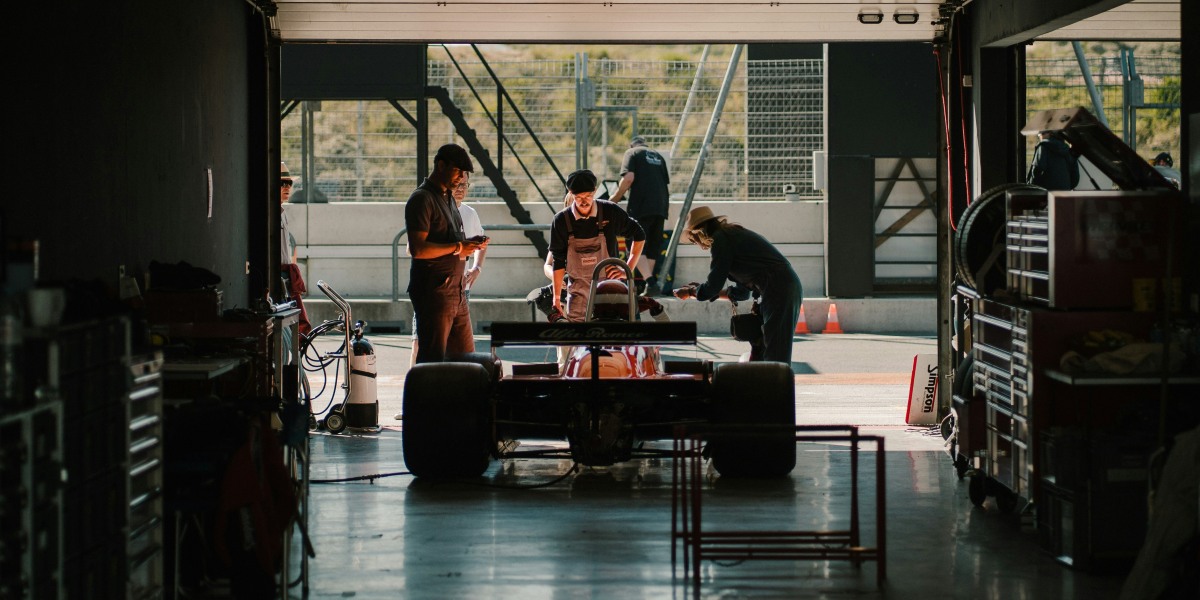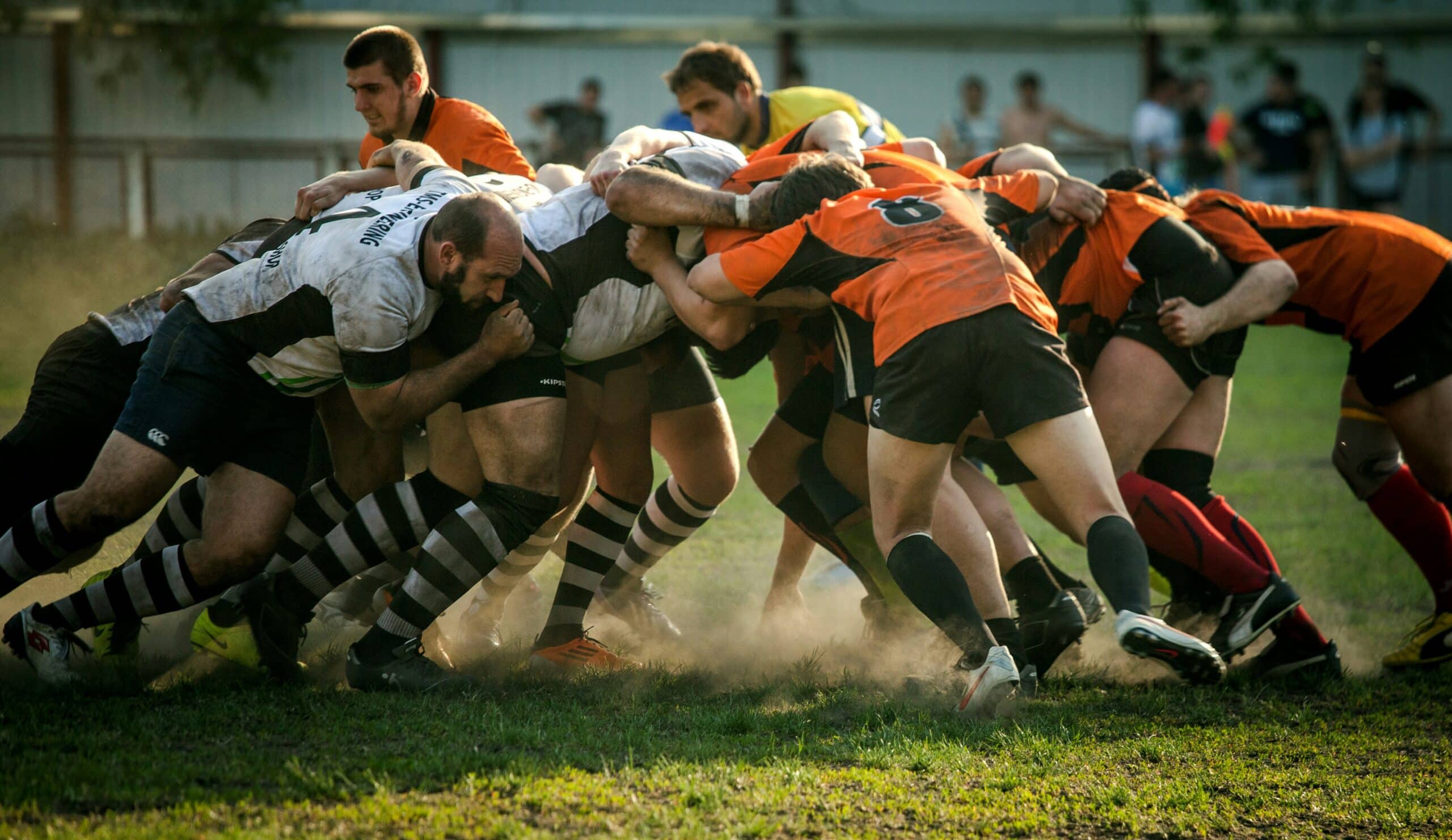The Evolution of Communal Sports Viewing
In today’s world, sports viewing is more than just an individual activity; it has transformed into a social experience that brings communities together. The act of watching sports has evolved dramatically over the years, influenced by advancements in technology, changes in social dynamics, and the increasing demand for shared experiences. How did communal sports viewing evolve, and what factors shaped its current form?
Read Also: Discovering the Thrills of Gaming Cafes and Esports Gatherings
How Did Technology Shape the Way We Watch Sports Together?
Historically, watching sports was a collective activity, often taking place in public venues like stadiums or local taverns. However, the advent of television in the mid-20th century radically altered this tradition. With the ability to broadcast live games into people’s homes, sports viewing became more accessible. Families could gather around their TV sets, creating small communal experiences in the comfort of their living rooms.
As technology advanced, so did the experience of communal viewing. Cable and satellite TV allowed for more channels dedicated to specific sports, while high-definition broadcasts made the viewing experience sharper and more immersive. With the rise of digital platforms and streaming services, fans can now access games on various devices, enhancing the flexibility of how and where they can enjoy games with others.
Industry experts suggest that these advancements have not only provided more viewing options but have also created new spaces for communal engagement, especially in public venues and online platforms.
What Role Does Social Media Play in Modern Sports Viewing?
The rise of social media has played a crucial role in transforming the communal aspect of sports viewing. Platforms like Twitter, Facebook, and Instagram allow fans to connect, share, and discuss games in real time. Whether it’s sharing excitement over a game-winning shot or debating a controversial call, social media creates a virtual space for fans to engage with one another, even when they are physically apart.
Research indicates that the integration of social media into sports viewing has amplified the communal experience by allowing fans to join virtual communities. Live-tweeting games, posting reactions, and sharing highlights fosters a sense of collective participation, making the experience feel more connected. Virtual communities are now just as important as physical viewing spaces for many fans.
How Have Sports Bars and Viewing Parties Changed?
The popularity of sports bars and viewing parties is another significant aspect of communal sports viewing. Over the years, these venues have become more than just places to grab a drink; they have transformed into lively social hubs where people gather to cheer for their teams. The atmosphere is enhanced by large screens, multiple game broadcasts, and the presence of passionate fans, creating an environment that fosters social interaction.
Professionals recommend that sports bars continue to adapt to changing viewing habits by offering interactive features, like trivia, fan engagement activities, and live updates. These additions help create a more immersive and engaging experience for attendees. In particular, sports bars have embraced the importance of providing a shared experience, making it a destination for fans looking to enjoy games in a communal setting.
What’s Next for Communal Sports Viewing?
As we move into the future, the evolution of communal sports viewing shows no signs of slowing down. Virtual and augmented reality technologies are beginning to change the way fans experience games. Imagine being able to attend a game from the comfort of your home but feeling as if you’re sitting in the stands with thousands of other fans. These innovations could further enhance the communal aspect of sports viewing, providing fans with even more immersive and social experiences.
Research suggests that the increasing trend of hybrid events, combining in-person attendance with virtual interaction, will become more common. Fans will have the option to experience live sports in a variety of ways, whether it’s at a sports bar, in a stadium, or virtually from home. These innovations in technology will only continue to build on the shared communal experience, making sports viewing even more accessible and social.
Read Also: The World of Professional Bowling: Competition, Skill, and Strategy
Wrapping Up the Evolution of Communal Sports Viewing
The way we watch sports together has evolved over the years, shaped by advancements in technology, changes in social dynamics, and the rise of social media. From family living rooms to vibrant sports bars and virtual viewing parties, sports fans have always sought ways to share their passion with others. As technology continues to advance, the communal aspect of sports viewing will only grow stronger, offering new ways for fans to come together and enjoy the thrill of the game.








